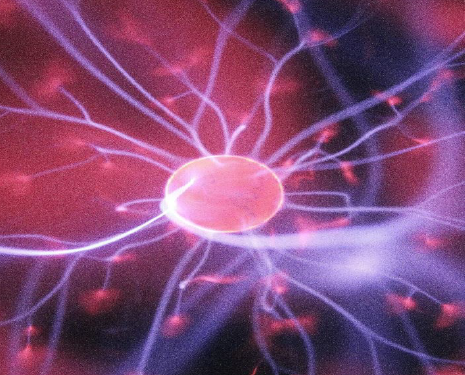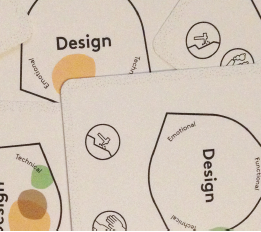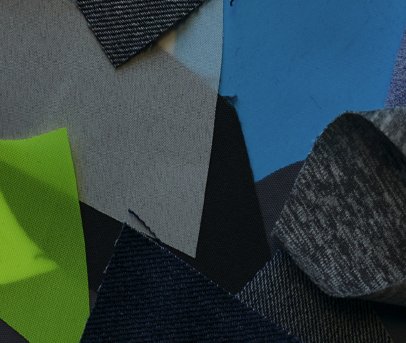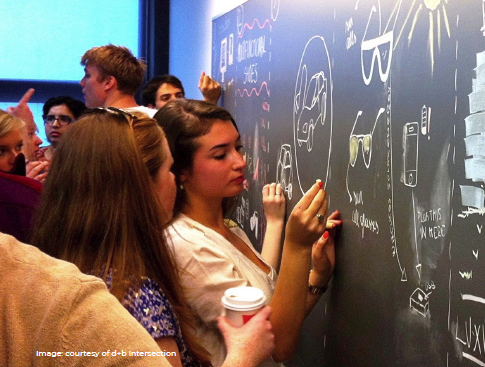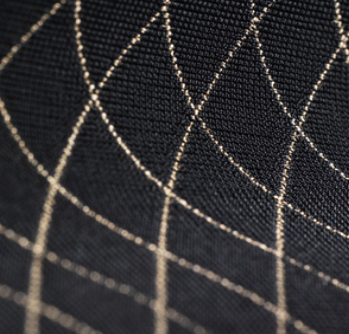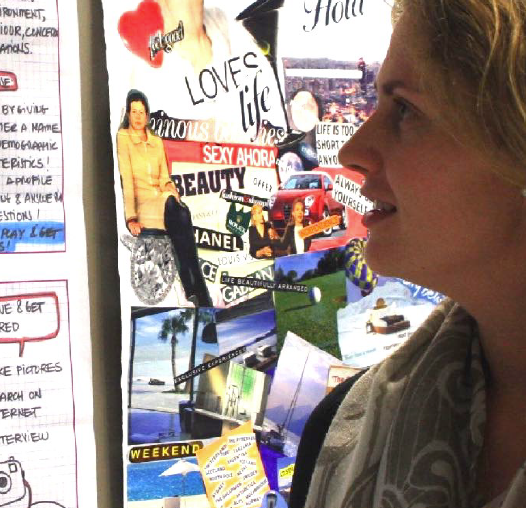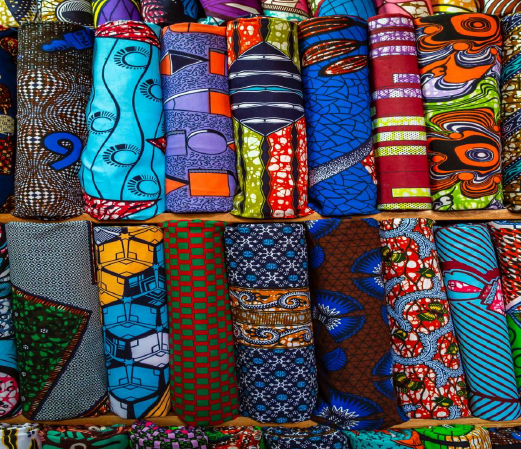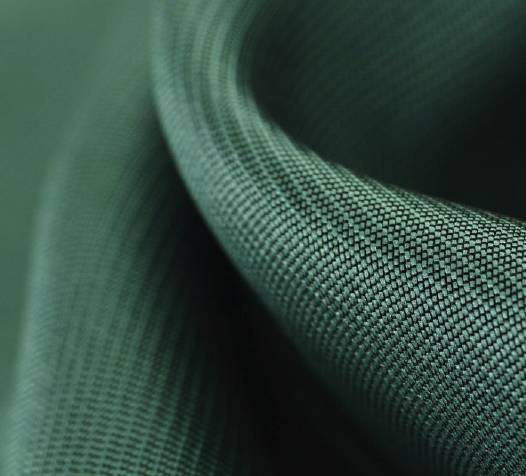Plasma treatment in textile industry
Plasma treatment of textiles is considered as an eco technology, since it is used in functionalizing different materials in a dry state without/with minimum added chemicals in relatively short time Unlike conventional wet and chemical processing, plasma treatment does not require the use of solvents or water, and it is a non destructive technology overall. [...]
Contextualizing sustainable textile product design
This resource considers ways to actively engage with sustainability in the context of design using the card decks Sustainable Design Cards and Material Pathways. While the specific content of the cards will be described in the section ‘Sustainable Design Cards and Material Pathways’, the outset of the development of the resources was a need to [...]
Textile recycling technologies
Textile fiber recycling may be performed via mechanical or chemical recycling, the latter being less commonly used since it still represents a scenario under development: available solutions may require further perfecting, or not be economically convenient, or suitable, yet, for XL volumes, as the market may require. Recycling processes via thermomechanical means frequently results in a loss of mechanical properties [...]
Visual Thinking to find Business Opportunities.
Visual Thinking is a methodology that uses images symbols, sketches, drawings, pictures, diagrams and even physical models to expedite the understanding of a subject, for the creation of media content and creative problem solving. With this OER we invite students to experience the dynamics of visualization to spark their imagination, ignite creative thinking, map-out challenges, envision solutions and find [...]
Wearable Textile System
Wearables, initially stated as “wearable computing” can be considered as “the study or practice of inventing, designing, building, or using miniature body borne computational and sensory devices. Wearable computers may be worn under, over, or in clothing, or may also be themselves clothes” (Steve Mann, 2012) Placed in between the digital and human world wearables have the potentialities [...]
Storytelling for Understanding the User
Storytelling is the interactive art of using words and actions to reveal the elements and images of a story while encouraging the listener’s imagination, as it’s definition by the National Storytelling Network. For this chapter the focus relies on storytelling application for story presentation -a narrative development-, and how it captivates audiences. To discover new [...]
Digital inkjet printing in textile industry
Digital inkjet printing technology offers new horizons to the advanced textile manufacturing sector, as it is a resource efficient technology that consumes just enough materials and chemicals, with minimum waste production after the process. The flexibility it provides to the fashion sector plays a great role in adapting to the fast changing trends of the [...]
General trends of Innovation in the technical textiles’ sector
The first-generation textile fibres were those that were procured directly from the nature and that era lasted for 4,000 years. Many years before, science developed a second generation of new fibres, called man-made fibres. Nylon and polyester are two examples of them, a result of the efforts taken by chemists in 1950, to evolve with materials that resemble natural [...]
